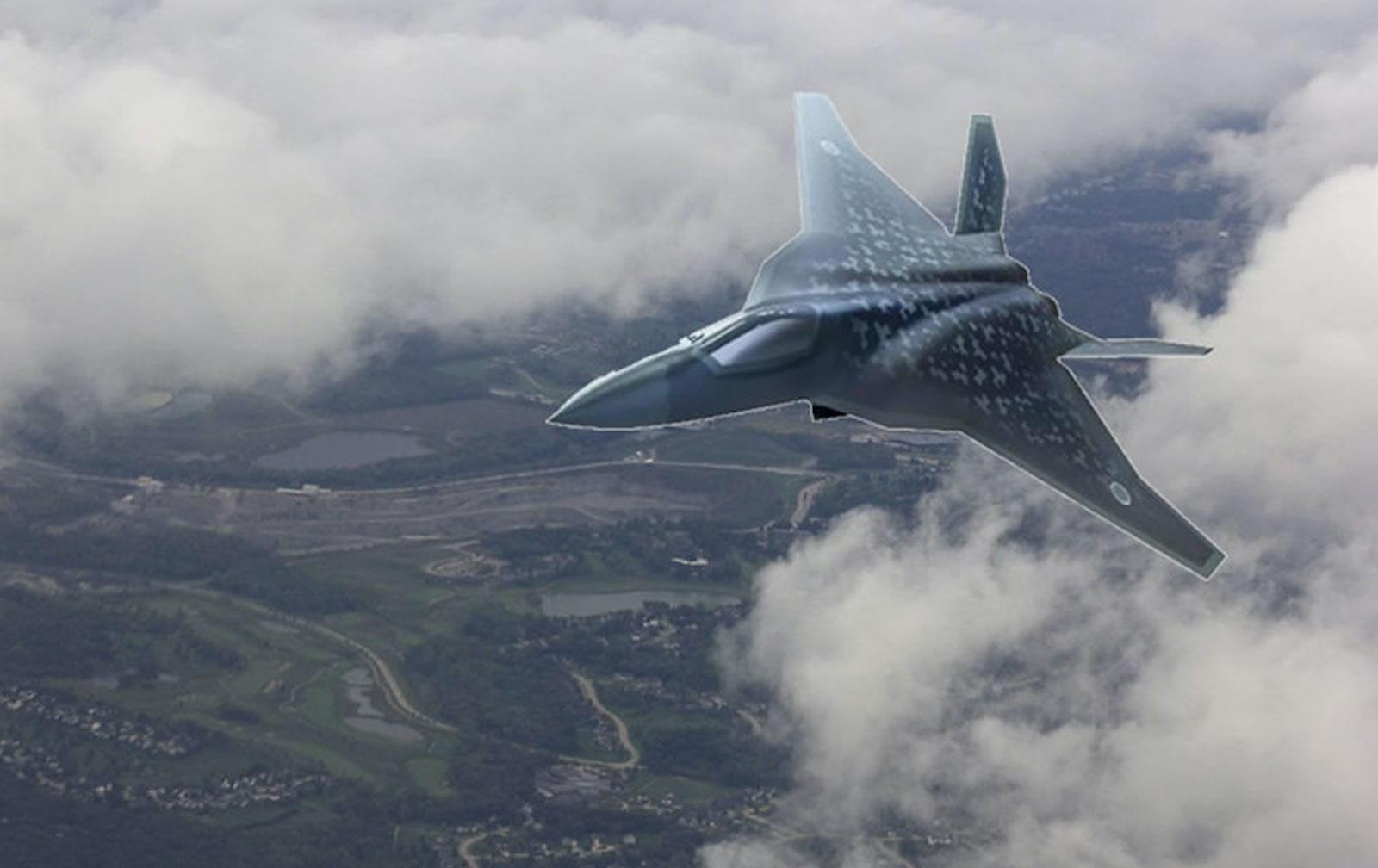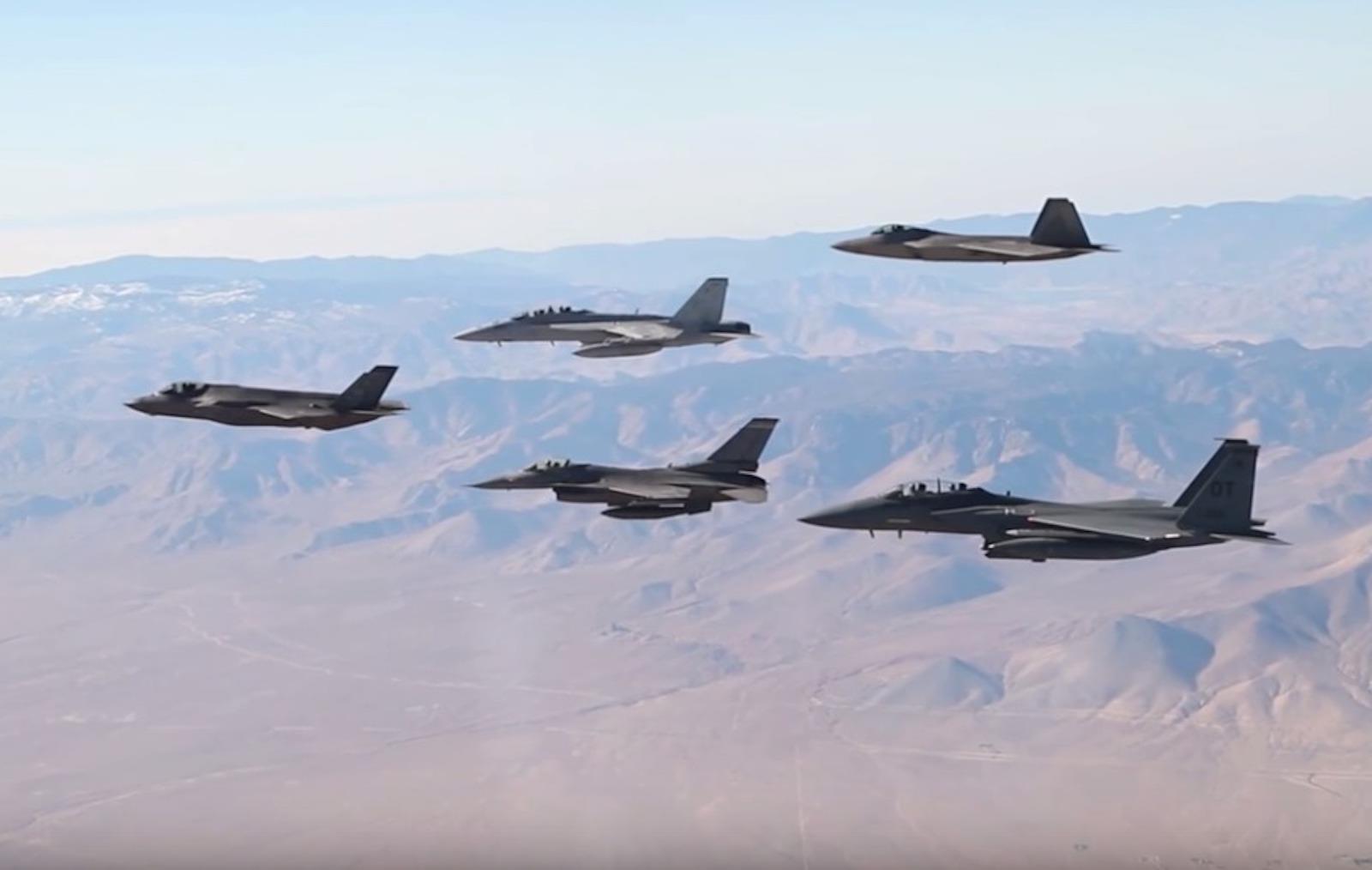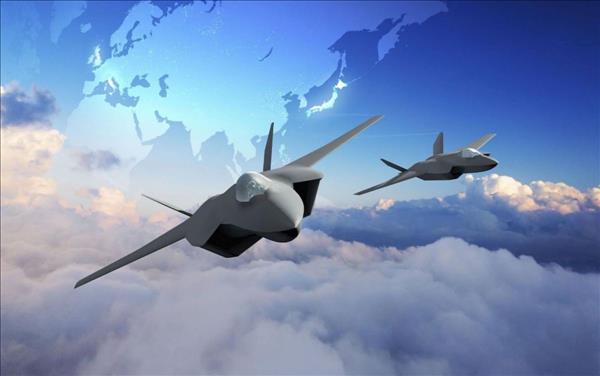
Japan-UK-Italy Fighter Aims At China And Beyond US
Japan, Italy and the UK have jointly formalized cooperation to develop a 6th generation fighter, marking a rising trend of US allies and partners developing advanced indigenous combat aircraft rather than purchasing them from the US.
In a joint statement on Friday, the three sides announced their intent to merge the UK's Tempest 6th generation fighter with Japan's indigenous F-X program into a new Global Combat Air Program (GCAP) that aims to field an advanced fighter by 2035.
The move comes amid rising geopolitical tensions driven by the Russia-Ukraine war and China's increasingly belligerent moves toward Taiwan and underscores the formation of new rival geopolitical blocs in what some see as an emerging new Cold War.
The merger aims to fortify Japan against China's rapidly growing military might and give the UK a more significant security role in the Indo-Pacific. Reports indicate the GCAP will be NATO-compatible and open to collaboration with other like-minded nations pursuing similar fighter projects.
Asia Times previously reported on Japan's perceived need to counter China's increasingly advanced fighter aircraft in the context of their contest for the Senkaku Islands, and the UK's desire to rebuild its air superiority capabilities, which have atrophied after decades of involvement in counterinsurgency operations in Afghanistan, Iraq and elsewhere.
The GCAP is one of several fighter development programs that seek to move away from US dependence, including the french-german future combat air system (fcas) project , turkey's tf-x indigenous fighter , and south korea's kf-21 boramae fighter .
The programs are being fueled by the fact that US client states are often required to surrender a degree of their foreign and security policy in exchange for joining a US-dominated logistics train. They aim variously to assert strategic autonomy, fill capability gaps and jump-start domestic defense industries.
Although Japan operates the US-made F-35, the advanced fighter may still be defeated by China's older-generation fighters such as the J-10 and J-20. david axe mentioned in a 2015 article for war is boring that the F-35 is comparatively sluggish compared to the older F-16's maneuverability and thus would be at a disadvantage in close-in dogfights with Chinese fighters.

Japan's F-X fighter. Image: Japan Ministry of Defense
However, alex hollings notes in a may 2022 article in sandboxx that the F-35 was flying in the cited 2015 tests with software restrictions that prevented it from maneuvering beyond design limits, aiming weapons using the pilot's helmet-mounted sight and lacked stealth coatings – and thus was flying at just a fraction of its full combat capabilities.
asia times has reported on China's use of an aerial attrition strategy to grind down Japan's aging aircraft and aircrews and cause miscalculations leading to unintended encounters, equipment losses from wear and tear and accidents caused by fatigued personnel. Japan thus needs new aircraft that can replace its increasingly obsolete F-15s and outmatch China's latest fighters.
For the UK, maintaining strategic autonomy is likely the driving factor behind its pursuit of an indigenous combat aircraft. a 2020 royal united services institute (rusi) paper mentions that a robust national combat air sector will allow the UK to defend its interests without relying on others and add credibility to its claim as an independent military power, which is increasingly in doubt.
a november 2022 rusi paper notes that the Royal Air Force will need replacements for its aging Eurofighter Typhoon aircraft, which have similar operating costs to the F-35 despite being less capable, by 2035. It also has increasingly expensive tranche upgrades, which may make building an all-new design more logical than keeping the late Cold War-type operational.
The paper also notes that the prolonged absence of a significant project for the UK defense aerospace sector will result in it being eroded or dissolved for commercial reasons.
Italy's decision to join the Tempest project aims to position itself as a significant player in the European defense aerospace sector. in a 2019 article for defense news , Tom Kington notes that while Italy could have joined the French-German FCAS project, it would have been the weakest member of the three.
Kington also notes that Italian aerospace firm Leonardo already has a large-scale presence in the UK, which may make cooperation with the latter more feasible than teaming up with France or Germany.
The GCAS program will face several challenges in getting up to speed, including costs, division of labor, production numbers, technology-sharing and maintenance.
the wall street journal reported this month that although the Japanese Ministry of Defense does not know the program's official cost, it has requested US$1 billion for research and development for fiscal year April 2023. The article notes the three countries have not yet decided whether to work as a consortium or joint venture.

US F-35, F-16, F-18, F-22, and F-15 jets flying in formation. Photo: Facebook / Popular Mechanics
Although production numbers have yet to be decided, the GCAS is slated to replace Japan's 94 F-2 fighters, the UK's 114 Eurofighters and Italy's 94 Eurofighters. Reports indicate the three sides will work in a“spirit of equal partnership” regarding technology sharing, a perennial sore point between Japan and the US.
For example, the US has in the past refused to release critical F-16 software to Japan to preserve its dominance in fighter technology when the latter was developing the F-2, which was derived from the F-16.
The Wall Street Journal report said Japan, the UK, and Italy have all agreed to be able to maintain the GCAS within their own territories and that each would maintain domestic-based maintenance facilities.

Legal Disclaimer:
MENAFN provides the information “as is” without warranty of any kind. We do not accept any responsibility or liability for the accuracy, content, images, videos, licenses, completeness, legality, or reliability of the information contained in this article. If you have any complaints or copyright issues related to this article, kindly contact the provider above.






















Comments
No comment